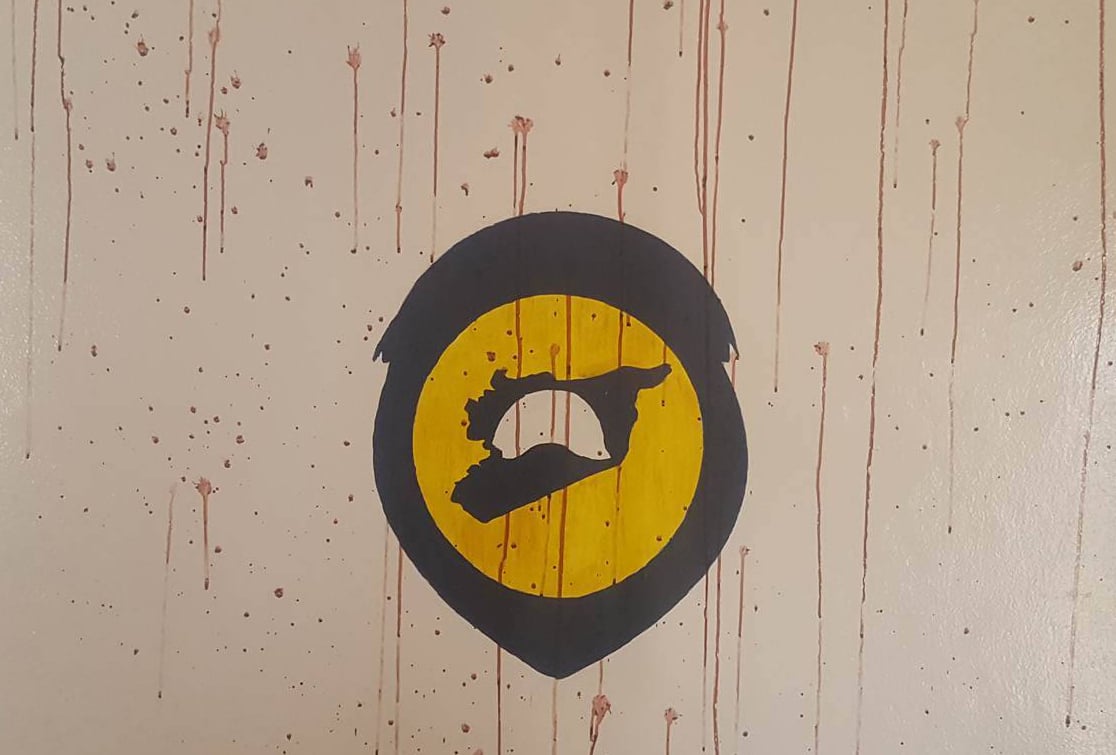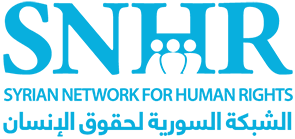International Coalition Forces Top all other Parties in Terms of Violations

SNHR has published its special monthly report that documents the violations against medical and civil defense personnel and their respective facilities by the parties to the conflict in Syria.
The report stresses that Syrian regime forces have been involved, since 2011, in targeting and bombing medical and civil defense facilities as well as the parties to the conflict that targeted medical and civil defense personnel in killing and arrest operations. This indicates a deliberate policy that only aims to kill more and deepen the suffering of the wounded whether they were civilians or armed.
Fadel Abdul Ghany, chairman of SNHR, says:
“Attacks on medical and civil defense centers as well as medical and civil defense personnel are considered a blatant violation of the international humanitarian law and constitute war crimes given the chaotic, and in many cases, deliberate, targeting of protected objects. All of this have only deepened the suffering of the wounded and injured and is one of the main reasons behind the displacement of the Syrian people as it sends a very clear message: there is no safe area, or a red line, including hospitals, you either flee or perish”
The report highlights the de-escalation agreement in Syria, which commenced on May 6, 2017, after it was announced at the end of the fourth round of Astana talks which was held between representatives from Russia, Turkey, and Iran as the states that sponsored Ankara Ceasefire agreement. The agreement outlined four major de-escalation areas, where a cessation of combat operations will take place in these areas, humanitarian aids will be delivered, and IDPs residents will be allowed a return to these areas. These areas, as specified by the agreement, are: Idlib governorate and the surrounding areas (parts of Aleppo, Hama, and Latakia governorates), northern Homs governorate, Eastern Ghouta, and parts of Daraa and al Quneitra governorates in the southern parts of Syria. It was provided that an expert committee would accurately assign the borders of said zones at a later date.
The report also notes that following an extensive round of talks between Russia, USA, and Jordan that commenced in May 2017 in Amman, Jordan’s capital, the American and Russian presidents announced, on the sidelines of the 2017 G20 summit in Hamburg, that a ceasefire agreement has been reached in southwestern Syria – Daraa, Quneitra, and Suwayda governorates. The agreement went into force at 12:00 on Sunday July 9, 2017, and provided for the passage of humanitarian aids in addition to a ceasefire between the conflicting parties (Syrian regime forces and their allies on one side, and armed opposition factions on the other side). Also, the agreement specifies that maintaining security in this region is the Russian forces’ responsibility in coordination with the Americans and Jordanians. The report notes that the areas that were included in the agreements saw a noticeable and relatively good drop in killing rates -since the agreement went into effect- in comparison to the previous months since March 2011.
Then, the report talks about other local agreements that have been struck, such as Eastern Ghouta between armed opposition factions in Eastern Ghouta and officials from the Russian side, and a similar agreement in northern suburbs of Homs governorate. However, the texts of these agreements haven’t been made public on Russian government’s websites, and the same for armed opposition factions who didn’t publicize these agreements, except for Failaq al Rahman who published the text of the agreement on their official website. At the end of the agreement, according to the copy on Failaq al Rahman’s website, a signature by a Russian sponsor was shown but without an explicit name, which is a great flaw, as apparently all of this helps the sponsoring Russian side to easily dissolve from these agreements with no subsequent political or legal obligations and repercussions.
A de-escalation agreement was signed, according to the Russian Ministry of Defense, in Egypt’s capital Cairo on Saturday, July 22, 2017, in Eastern Ghouta following a round of talks between Russian military officials and factions from the armed opposition that took place in Egypt’s capital Cairo. The agreement was to come into effect at 12:00 of the same day, while Failq al Rahman joined the agreement after a representative from the faction signed the agreement with a Russian government representative in Geneva city on Wednesday, August 16, 2017, as the agreement established Failaq al Rahman’s and their areas’ inclusion in the agreement, where it was to come into effect at 21:00 of Friday, August 18, 2017.
The report also sheds light on northern suburbs of Homs and southern suburbs of Hama de-escalation agreement which was signed in Cairo on Monday, July 31, 2017 following a round of talks between armed opposition factions in the area and the Syrian regime represented by the Russian government a sponsoring party, as the agreement was to commence at 12:00 on Thursday, August 3, 2017. Most notably, the agreements provided for a full cessation of hostilities between the conflicting parties in the relevant areas -with the exclusion of the areas in which ISIS and Hay’at Tahrir al Sham are present- and for humanitarian aids to enter these areas and for detainees to be released as per the demands of each party as to which detainees are to be released, although the report stresses that the number of civilians killed by Syrian regime forces and its widespread violations imply a lack of commitment to the last two signed agreement on the regime’s part.
The report stresses that breaches didn’t stop, despite Ankara Ceasefire Agreement and the string of de-escalation agreement the followed, mainly by the Syrian regime, who is seemingly the party that would be most affected should the ceasefire go on, and in particular extrajudicial killing crimes and, more horrendously, deaths due to torture, as rates of deaths due to torture didn’t see any changes from the month prior to the commencement of the agreement. This strongly asserts that there is a ceasefire of some sort on the table, but the crimes that the international community -especially the Russian, Turkish, and Iranian sponsors- won’t see are still going on as nothing had changed.
In August, SNHR documented a significant drop in rates of violations against medical and civil defense personnel and their respective facilities for the third month in a row following the de-escalation agreement’s commencement on May 6, 2017. International coalition forces trumped the Syrian regime and ISIS in terms of killing medical personnel and civil defense personnel, while the Syrian regime perpetrated more violations against medical personnel and civil defense personnel than any other party. In addition, August saw the second massacre against civil defense personnel this year.
The report records that 84 medical personnel and civil defense personnel have been killed at the hands of the parties to the conflict in Syria since the start of 2017. Additionally, the report documents that 13 medical and civil defense personnel were killed in August of this year, including one by Syrian regime forces, While ISIS killed one, international coalition forces killed four, and seven were killed by other parties.
The report breaks down the details of the victims, as Syrian regime forces killed one medical personnel, whereas ISIS killed one doctor. In addition, international coalition forces killed four doctors, while other parties killed seven civil defense personnel.
Also, the report documents 14 incidents of attack on vital medical and civil defense facilities, including five by Syrian regime forces in which five civil defense facilities were targeted, while the report recorded one incident of attack by Russian forces in which a medical facility was targeted and one incident of attack by Self-Management forces on a medical facility. Furthermore, the report records four incidents of attack on medical facilities by international coalition forces, and three on civil defense facilities by other parties.
The report implements a high-level methodology for documentation which relies on survivors and families’ direct accounts in addition to the process of verifying and analyzing pictures, videos, and some medical records. However, the report notes that this documentation doesn’t include all the cases light of the ban and pursuit by Syrian regime forces and some of the other armed groups. In light of that, the type and number of evidences vary from one case to another. In light of the challenges we mentioned above, many of the incidents’ legal description change based on new evidences or clues that surface after we had released the report. We add these evidences and clues to our data archive. On the other hand, many incidents don’t constitute a violation to the international humanitarian law, but it involved collateral damages, so we record and archive these incidents to know what happened historically and to preserve it as a national record. However, they don’t necessarily qualify as crimes.
The report notes that Security Council Resolutions 2139 and 2254, which state that indiscriminate attacks must be halted, have been violated in these attacks. Also, the crime of willful killing constitutes a violation of Article 8 of Rome Statute which amounts to war crimes.
Moreover, Syrian forces violated the rules of the international human rights law, committing acts that constitute war crimes. Additionally, Russian forces, Self-Management forces, ISIS, international coalition forces, and other parties have carried out acts that amount to war crimes through the crime of extrajudicial killing or the targeting of vital civilian facilities.
The report calls on the Security Council to take additional steps as it has been more than two years since Resolution 2139 was adopted with no pledges to cease the indiscriminate bombardment operations being made.
The report emphasizes that the Security Council has to instill peace and security in Syria and implement the norm of “Responsibility to Protect” in order to save the Syrian people’s lives, culture, and arts from being destroyed, looted, and ruined. Also, sanctions must be expanded to include the Russian and Iranian regimes who have been directly involved in perpetrating crimes against humanity and war crimes against the Syrian people.
The report also recommends the implementation of the Responsibility to Protect (ICRtoP) norm after all others political routes were drought out through the Arab League and then Mr. Kofi Annan’s plan. steps under Article 7 of the Rome Statute must be taken and the norm of the Responsibility to Protect, which was established by the United Nations General Assembly, must be implemented as the Security Council is still hindering the protection of civilians in Syria. The report also calls for renewing pressure on the Security Council to refer the Syrian case to the International Criminal Court.
Rhe report calls on the sponsoring Russian side to stop the Syrian regime from dooming all de-escalation agreements, and start making progress in the detainees issue by revealing the fates of 76,000 forcibly-disappeared persons.
Lastly, the report urges international organizations to send volunteers to work in safe areas where wounded are sent for treatment especially after many death cases were documented where many patients died because of the limited medical resources.
View full Report


